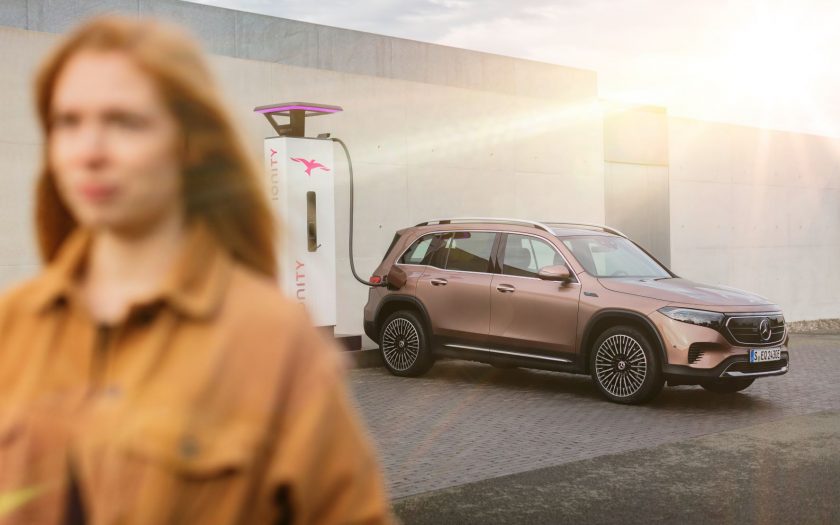Mark in WA asked us why the AC and DC figures for the Mercedes-Benz EQB 250 are so different (the figure for AC is 11kW while DC is 100kW).
WE APPROACHED MERCEDES-BENZ for an explanation, and Ryan Lewis, Media Relations & Product Communications Manager, kindly provided this information.
“EV batteries operate in Direct Current (DC), but energy in the grid is Alternating Current (AC) meaning it must be rectified before it can be stored in the battery. That rectification process will happen either external to the car, such as in a rapid charger unit, or as part of the vehicle’s on-board charger. The capacity of the on-board charger in the EQB is 11kW, which is the rate at which it can rectify AC to DC in order to feed it into the battery. In the case of an external rapid-charger doing the rectification, those units output energy in DC and can feed the battery directly – bypassing the on-board charger – and this is where the EQB can accept up to 100kW.
There are a few things to keep in mind here when considering the 11kW figure for the on-board charger. The most important is the amount of AC energy you can actually get out of the grid in a domestic setting. A normal 240V plug will only give you about 2kW (theoretical maximum is 2.4kW, but there are losses in the process). If a customer fits a wall-box at home to a 32A circuit (a little more than 3x a normal socket) they will be able to get around 7kW, which is still well within the 11kW limit of the on-board charger. It is only if a customer has access to a wall-box or public AC charger fed by three-phase power that they will be able to hit the 11kW maximum, and in most public charging settings they will be using a DC charger anyway.”
